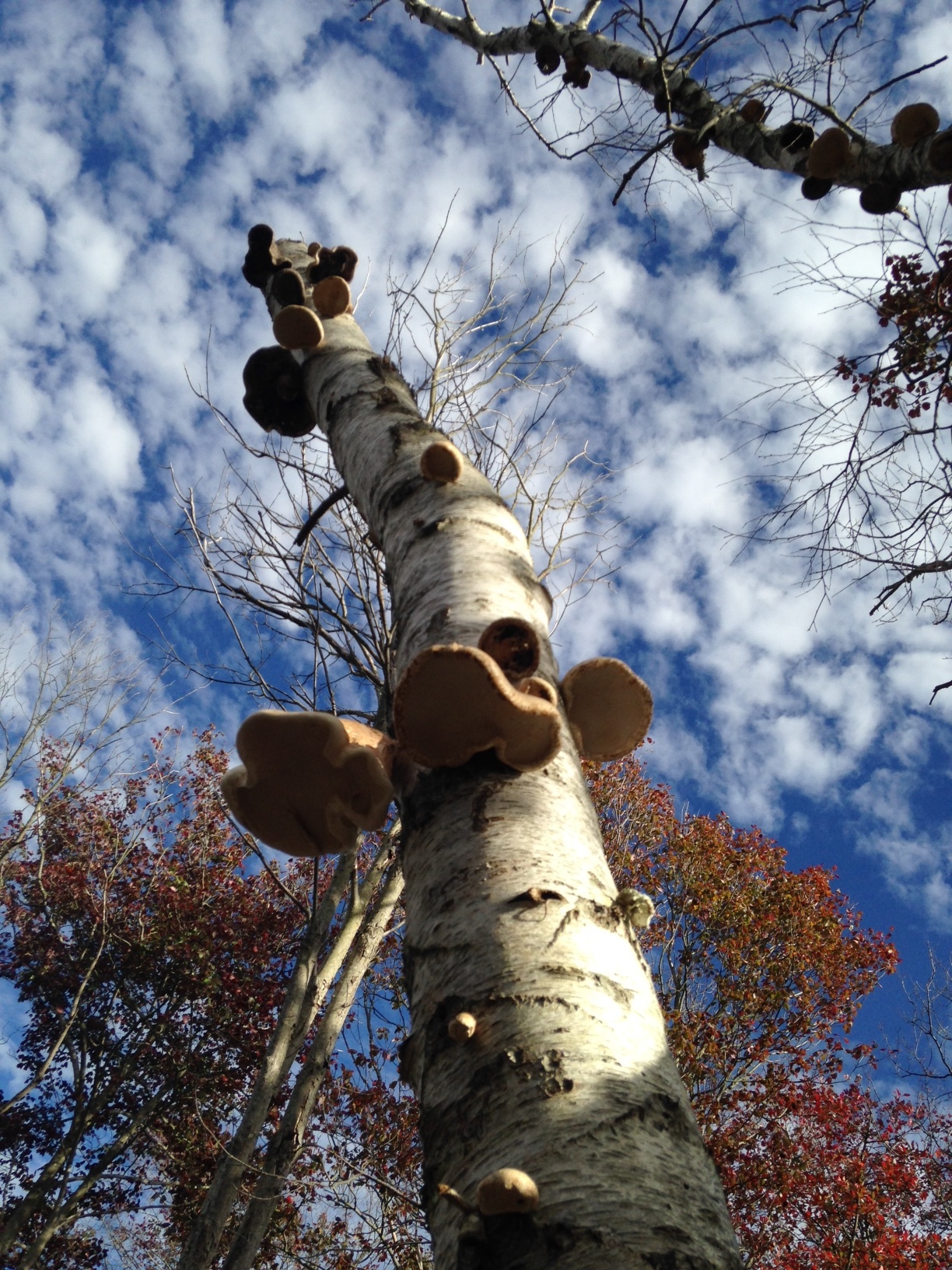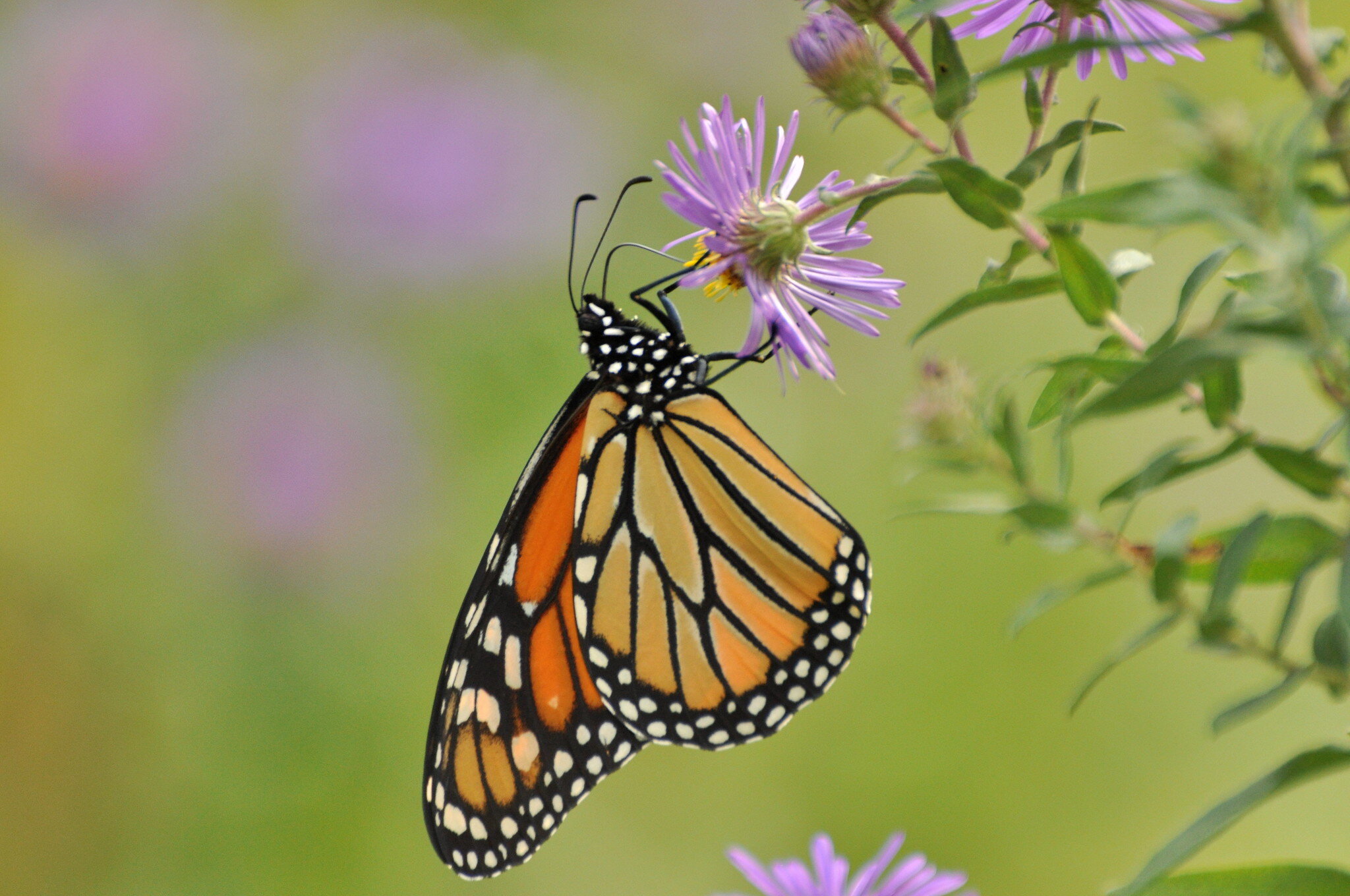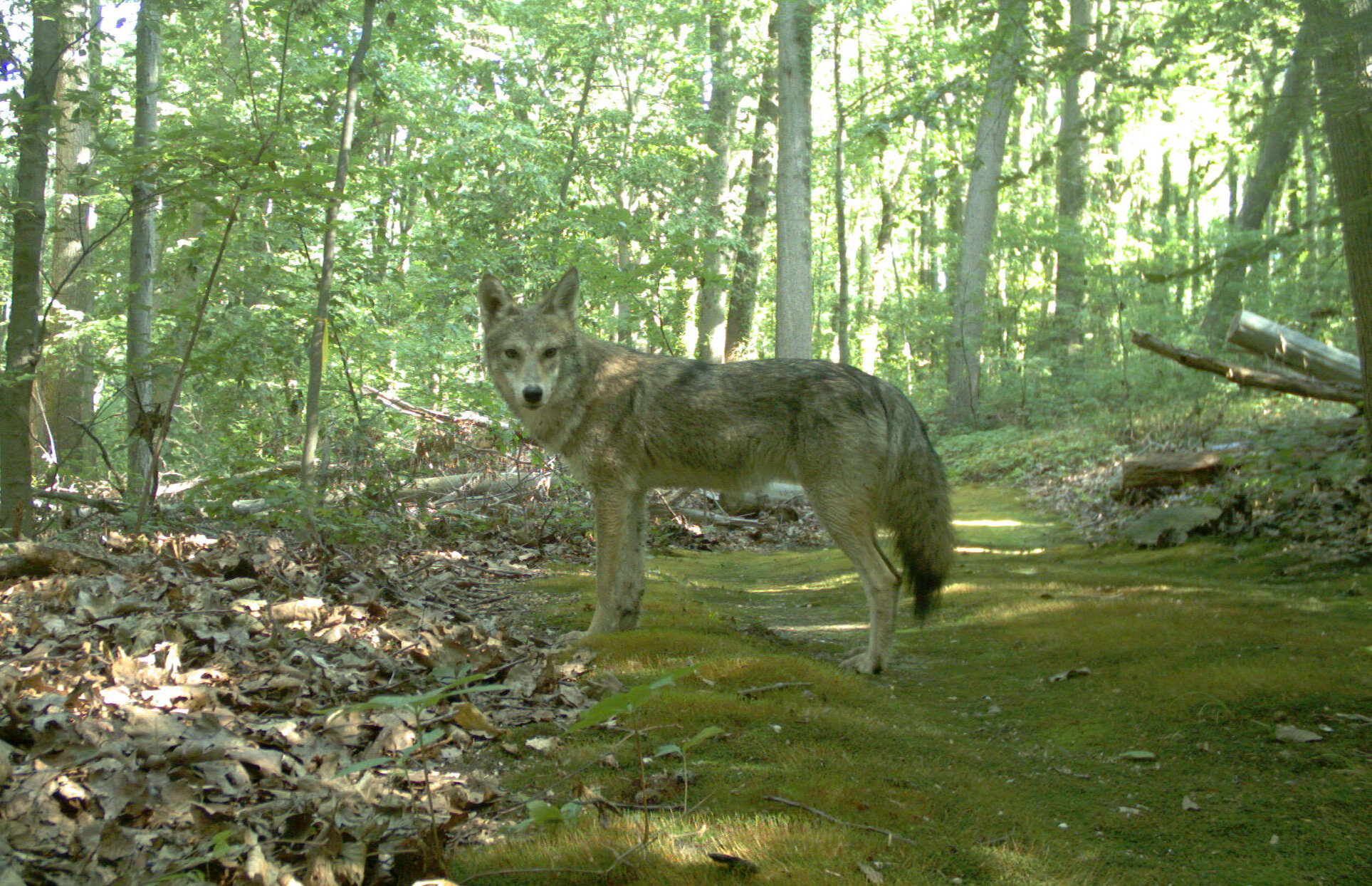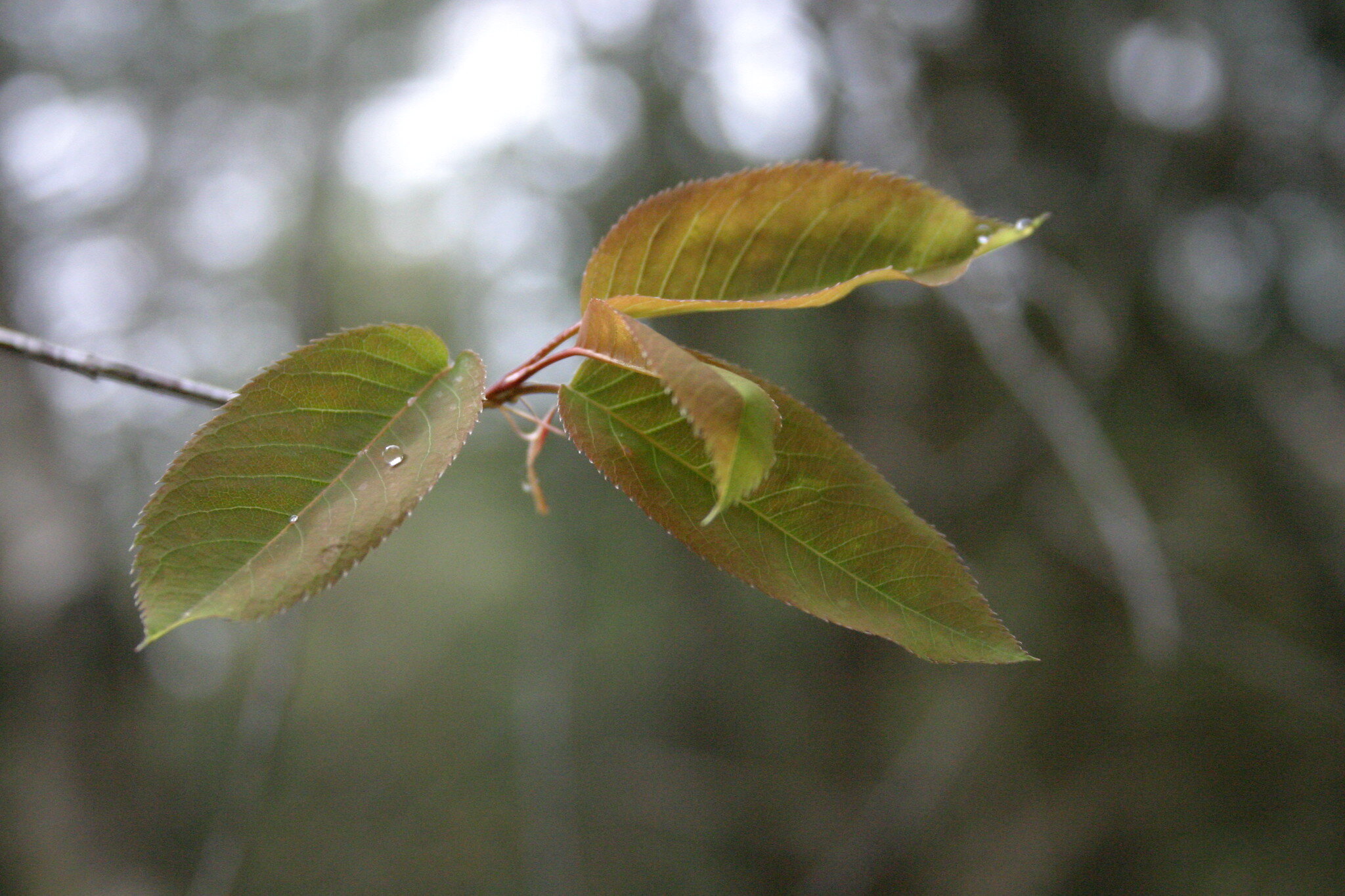While walking through the woods at the Scully Estate, I came upon an unusual sight. Amidst the forest of lovely white birch and black tupelo was a single birch tree smattered with large, pale mushrooms. The tilt of the tree and the lack of leaves, at this early fall time of year, indicated that the tree was dead or dying. It was strange that none of the other trees nearby, dead or alive, had these same mushrooms on them. The mushrooms ran along the entire length of the white birch, on all sides and spaced less than one foot apart. There were many dead snags and logs nearby. I wondered, why only this tree?
This short walk began my journey deep into the world of medicinal mushrooms. I discovered that these large pale mushrooms are a very special, often considered mystical, group called polypore mushrooms. Polypores are a diverse group of mushroom known to have many fruiting pores underneath, hence the name. These polypores were found hanging onto the tree-like shelves, also putting them into the morphological group known as bracket fungi.
The type of fungi I found in the woods was the Birch Polypore, Fomitopsis betulina (formerly Piptoporus betulinus). This species of Birch Polypores are annuals, growing for just a few months in the late summer or early fall. They are found in temperate climates and almost exclusively on birch trees. They are saprophytic or slightly parasitic on white birch trees. So, a live tree will not allow the spores to develop, but a mycelium network will form within the trunk of a dead or dying tree. Birch Polypores are major decomposers of dead birch trees. In fact, they are considered an indicator of a mature birch forest and are not usually found in young woodlands.
Much of what we know today about Birch Polypore mushrooms was inspired by an old man; a very, very old man. In fact he is older that the Egyptian pyramids. Ötzi the Iceman was found mummified within a glacier in the Italian Alps in 1991. He lived about 5500 years ago, in the Copper Age, a period of the late Neolithic. His body was found in the same place he fell when struck by a single fatal arrow to his back. Along with his body, all of his personal belongings: clothing, shoes, and tools were well preserved. Among the interesting objects he carried, were three polypore mushrooms, of two different species (Peintner et al., 1998). Two were the same Birch Polypore found on my walk (Fomitopsis betulina), probably used for medicinal purposes, the other a Tinder polypore (Fomes fomentarius) found along with a flint and fire starting materials. The mushrooms were strung on simple leather straps.
Modern technology has determined that Ötzi the Iceman suffered from among other things, whipworm, an intestinal parasite. Interestingly, the Birch Polypore is now known to contain polyporenic acid, which has been shown to be effective at killing whipworm parasites. The curative properties, scientifically attributed to this mushroom species are no less than amazing. Pharmacological studies have provided evidence supporting the antibacterial, anti-parasitic, antiviral, anticancer, neuroprotective, and immunomodulating activities of F. betulina preparations (Pleszczyńska et al., 2017; Wangun et al. 2004; Kamo 2003). Extracts isolated from Birch Polypore have been also reported to exhibit additional biological properties, such as anti-inflammatory, cytotoxic, and antimicrobial activities (Grienke et al., 2014), similar to the more popular Chaga mushroom.
I encourage you to examine your natural world carefully and with curiosity. There are many hidden gems waiting to be discovered. However, I must caution against collecting or consuming these, and all medicinal mushrooms unless you are a mycologist, trained at fungal identification. Also, while these medicinal mushrooms are oftentimes coveted and harvested in the wild, Please remember that even though it looks like there are a lot of them, there probably isn’t enough, many varieties of medicinal mushrooms are threatened by loss of habitat. So, please leave them alone. The fascinating birch polypore mushrooms are busy performing the vital task of decomposition in our environment.
References:
- Pleszczyńska M, Lemieszek MK, Siwulski M, Wiater A, Rzeski W, Szczodrak J. (2017). Fomitopsis betulina (formerly Piptoporus betulinus): the Iceman’s polypore fungus with modern biotechnological potential. World J Microbiol Biotechnol. 2017 May;33(5):83. doi: 10.1007/s11274-017-2247-0. Epub 2017 Apr 4. Review. PubMed PMID: 28378220; PubMed Central PMCID: PMC5380686 https://www.ncbi.nlm.nih.gov/pmc/articles/PMC5380686/pdf/11274_2017_Article_2247.pdf
- Wangun, K., et al. , (2004). Anti-inflammatory and Anti-hyaluronate Lyase Activities of Lanostanoids from Piptoporus betulinus – The Journal of Antibiotics. Vol.57 (11): pages 755-758
- Kamo T. et al. (2003). Anti-inflammatory lanostane-type triterpene acids from Piptoporus betulinus – Journal Nat Prod Vol. 66 (8): pages 1104-1106
- Peintner U., Poder R., Pumpel T, (1998). The Iceman’s fungi, Mycological Research, 102 (10), pp. 1153-1162.
- Grienke U, Zöll M, Peintner U, Rollinger JM., (2014). European medicinal polypores—a modern view on traditional uses. J Ethnopharmacol. 2014 Jul 3;154(3):564-83. doi:
- 10.1016/j.jep.2014.04.030. Epub 2014 Apr 28. Review. PubMed PMID: 24786572.
- Marley, G., (2009). Mushrooms for Health: Medicinal Secrets of Northeastern Fungi
- Pub: Down East Books, pp.112, ISBN: 089272808





